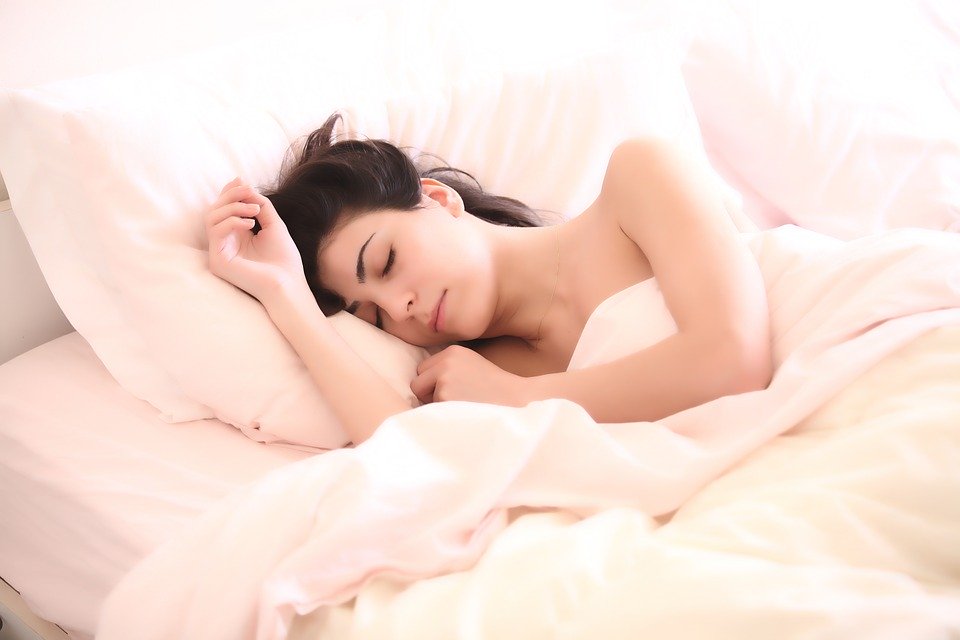
What is it?
Restless legs syndrome is an uncontrollable urge to move the legs, usually because of an uncomfortable sensation. It occurs in the evening or nighttime when sitting or lying down. It can disrupt sleep.
Restless legs syndrome is a very common condition that many people deal with. In some cases, the cause of this disorder remains unknown though there are likely genetic factors involved as well as medical conditions such as iron deficiency or kidney failure which can increase your risk for developing restless leg symptoms if you already have them.
Symptoms
Symptoms of RLS include an irresistible urge to move your legs, often accompanied by burning, crawling, itching, or tingling sensations. Treatments can help you get a better night's sleep. If you think you might have RLS, see your doctor for a diagnosis and treatment options.
Restless legs syndrome typically worsens when patients are resting or lying down. The sensation is often described as an unpleasant creeping or crawling feeling, typically relieved by movement. Patients with it often find it difficult to fall asleep or stay asleep for long periods of time. This can interfere with work, school, and other daily activities in severe cases.
Leg or arm discomfort:
People who experience these restless legs syndrome may notice it when their arms or legs feel as if there is something crawling up underneath them, causing an intense burning sensation which eventually leads to sleep deprivation.
Urge to move legs (or arms):
To alliviate limb uneasiness, people might have an urge to move the limbs especially, when resting, such as when sitting or lying down. The urge to move is often accompanied by an unpleasant sensation, such as tingling, burning, or itching.
Behavior and work performance problems
Because of sleep disruption, problems may emerge in your day to day behavior. It can cause irritability, moodiness, difficulty concentrating, hyperactivity. All of this can affect your work performance.
Treatment
There is no cure for restless legs syndrome, but there are several treatments that can help lessen the symptoms. These include medications, lifestyle changes (avoiding caffeine and alcohol), and massage. In some cases, doctors may also recommend iron supplements for patients with iron deficiency-related RLS.
They say that the most important thing you can do for your health is check up on yourself and make sure everything's in working order. Vein care, which also treats restless legs syndrome, has been largely overlooked, which means tons of people remain undiagnosed - but now more than ever, doctors want to help them get back onto their feet. From Fort Worth vein clinics to New York’s biggest clinics specialize in providing treatment options tailored specifically to each person’s needs.
Medication is recommended for people with symptoms of RLS at least three nights a week. Some people may need to take medication on an as-needed basis, mainly if their symptoms are sporadic. The most common types of drugs used to treat RLS are dopaminergic drugs, which help regulate dopamine levels in the brain. Other possible treatments include iron supplements, compression stockings, and lifestyle changes such as exercise and stress reduction.
Recently, a study looked at the effect of endovenous laser therapy (EVLT) and sclerotherapy on patients with moderate to very severe restless legs syndrome. The study found that EVLT and sclerotherapy both significantly alleviated or relieved RLS symptoms in most patients. The study also found that all RLS patients should be evaluated appropriately for underlying venous insufficiency before starting or continuing drug therapy.
Endovenous laser therapy is a minimally-invasive treatment for varicose veins that uses laser energy to heat and seal the affected vein. The procedure is similar to another standard treatment called radiofrequency ablation (RFA), with the primary difference being that RFA uses radio waves to generate heat while EVLT uses laser energy. Both procedures are performed using a thin, flexible catheter is inserted into the vein through a small incision in the skin. Once in place, the catheter delivers energy to the veins, causing them to collapse and seal shut. The treated vein is then slowly absorbed by the body over time. EVLT is a highly effective treatment for varicose veins, with most patients experiencing significant improvements in symptoms such as pain, swelling, and appearance. The procedure is typically performed on an outpatient basis and does not require any downtime following treatment.
Venous insufficiency is a condition in which the valves in the veins are not functioning properly, causing blood to pool in the veins and leading to symptoms such as pain, heaviness, itching, and restlessness. If you have RLS and your doctor has not evaluated you for venous insufficiency, you should ask to be referred to a specialist for further evaluation.
With proper treatment, most people with RLS can manage their symptoms and live relatively normal lives.